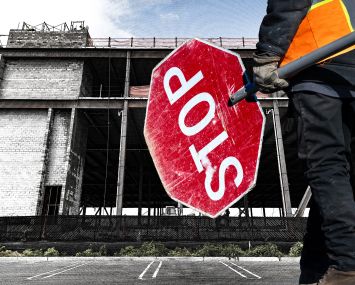
It is said that history repeats itself. However, when it comes to distressed commercial real estate assets, that saying needs to be modified by adding “but in different ways.”
The New York City building sales market started to feel the effects of the credit crisis tangibly in the summer of 2007. From that time through the fall of 2008, it was tempting to believe that maybe things wouldn’t be so bad. However, with the collapse of Lehman Brothers and the fundamental restructuring of Wall Street as we knew it, in October of 2008, it became clear that the economic condition of the country was significantly worse than we’d anticipated.
As it became clear that we were headed into very choppy waters, many people in the industry, including myself, had predicted a tsunami of distressed assets coming to market. This dynamic has not played out, as little has happened in the two and a half years since our awareness grew about the pending problems with commercial real estate.
Notwithstanding this fact, current economic conditions have certainly created profound stresses in the marketplace. During the asset-bubble-inflating years of 2005 into 2007, there were $109 billion of investment sales completed in New York City. Based upon reductions in property values, and the loan-to-value ratios that existed during those years, we estimate that about $80 billion of that activity, or roughly 6,000 properties, have negative equity positions. This means that the amount of the mortgage is in excess of today’s value.
Adding to that figure properties that were refinanced during the same period, approximately 15,000 properties in New York City, we estimate, are in a negative equity position.
We further estimate that these properties have approximately $165 billion in debt, and that, if these properties were underwritten using today’s standards, a conservatively leveraged market would have only about $65 billion in debt on those properties. This $100 billion of excess leverage is what is creating distress in the marketplace.


